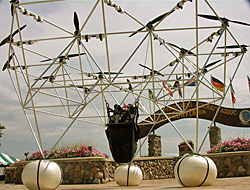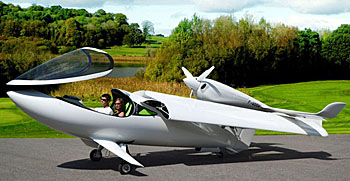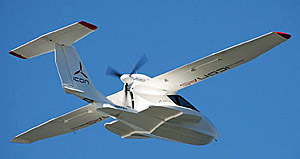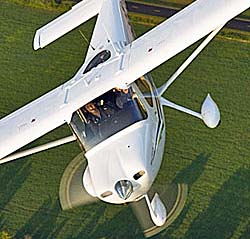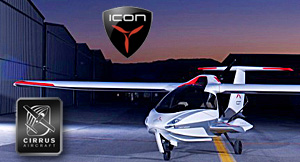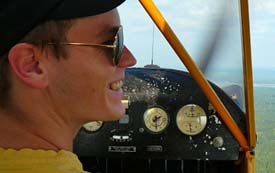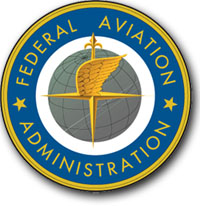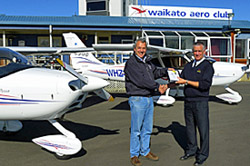
My European associate and friend, Jan Fridrich, coined a phrase a few years ago: “Global LSA,” he said, meaning the ASTM standards set could be used in any country and thereby create a worldwide market for recreational aircraft. Already a few accept the standards and many are considering or are already using some variant. So, in this post, let’s review some international successes for LSA. Tecnam is one of the most prolific of all LSA producers and not just because they have multiple approved models. Recently, they sold a pair of P2008s to New Zealand. Waikato Aero Club CEO Richard Small said, “The new planes have a number of advantages over traditional aircraft. Manufactured from modern materials [Tecnam] planes are more fuel efficient and quieter. They also have full electronic flight display screens. Our pilots are thoroughly enjoying the upgrade.” Pipistrel has logged sales globally as well and booked four orders for their new Alpha Trainer into Russia.









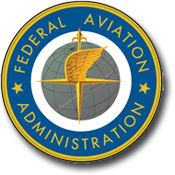




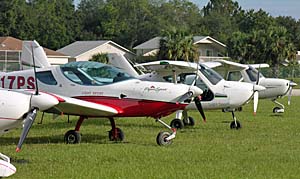



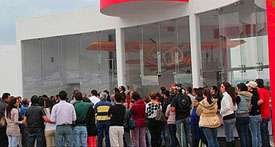




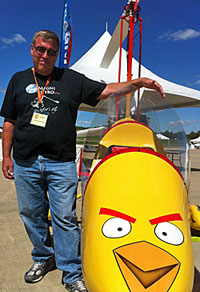




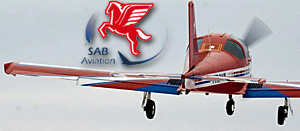




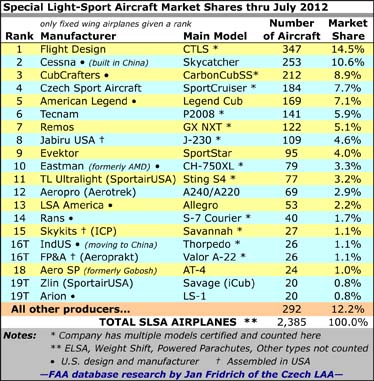




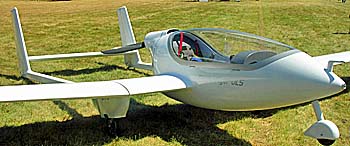





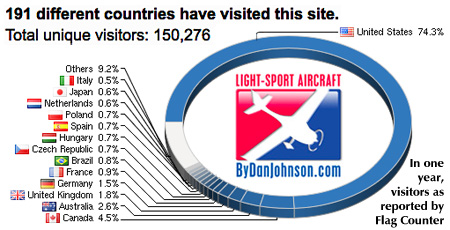

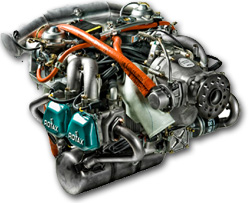
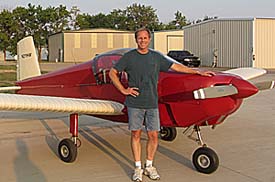

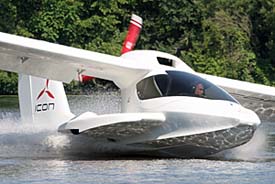



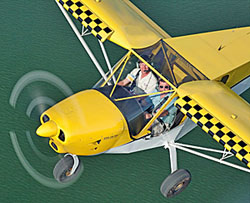








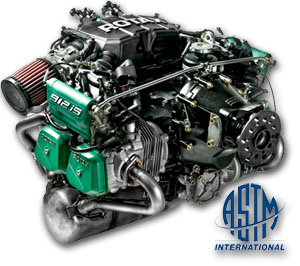



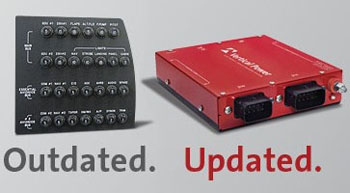 Does the idea of
Does the idea of 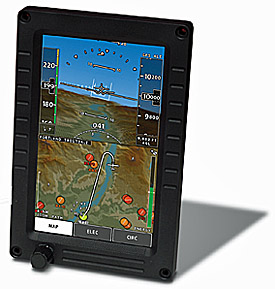 All that's great, and worthy based on my investigation. Yet that is stuff the airframe manufacturer must determine in the world of LSA. (In the Amateur Built world, the kit builder gets to, and has to, make these decisions; Vertical Power said they cannot afford to enter the high-cost world of Part 23 certification, so this remains EAB and LSA for now.) Some airframers have embraced the VP-X box capabilities. You can find the red smartbox on the CSA's
All that's great, and worthy based on my investigation. Yet that is stuff the airframe manufacturer must determine in the world of LSA. (In the Amateur Built world, the kit builder gets to, and has to, make these decisions; Vertical Power said they cannot afford to enter the high-cost world of Part 23 certification, so this remains EAB and LSA for now.) Some airframers have embraced the VP-X box capabilities. You can find the red smartbox on the CSA's 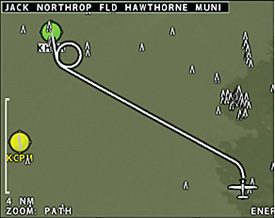 The older iteration of the Vertical Power company developed a new panel gizmo called VP-400 "Runway Seeker." This thing is magical. Imagine being in an autopilot-equipped homebuilt or LSA and the pilot blacks out on you. What if you're not a pilot? If you have Runway Seeker, you have one button to push. Even if the engine quits, Runway Seeker will automatically fly to the closest, and best, runway placing the aircraft on short final. It could even bring your plane all the way to the ground. This action includes full energy management such as raising and lowering flaps automatically to achieve best glide. It shows you where you're going en route not simply to the closest runway but the one most likely to produce a good outcome (a longer runway at an airport with emergency services and maintenance). Thanks to Vertical Power's extensive collaboration with Austin Meyer of Laminar Research, developer of the X-Plane flight simulator, Runway Seeker can use X-Plane's global terrain database to negotiate obstacles in your flight path as it flies you to the runway.
The older iteration of the Vertical Power company developed a new panel gizmo called VP-400 "Runway Seeker." This thing is magical. Imagine being in an autopilot-equipped homebuilt or LSA and the pilot blacks out on you. What if you're not a pilot? If you have Runway Seeker, you have one button to push. Even if the engine quits, Runway Seeker will automatically fly to the closest, and best, runway placing the aircraft on short final. It could even bring your plane all the way to the ground. This action includes full energy management such as raising and lowering flaps automatically to achieve best glide. It shows you where you're going en route not simply to the closest runway but the one most likely to produce a good outcome (a longer runway at an airport with emergency services and maintenance). Thanks to Vertical Power's extensive collaboration with Austin Meyer of Laminar Research, developer of the X-Plane flight simulator, Runway Seeker can use X-Plane's global terrain database to negotiate obstacles in your flight path as it flies you to the runway.
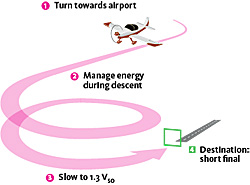 I watched a demo of this entire scenario twice and came away terribly impressed. I'm a huge fan of airframe parachutes. Runway Seeker isn't a substitute for that equipment but certainly would be valuable in addition to the parachute. In my ideal world, I'd have a
I watched a demo of this entire scenario twice and came away terribly impressed. I'm a huge fan of airframe parachutes. Runway Seeker isn't a substitute for that equipment but certainly would be valuable in addition to the parachute. In my ideal world, I'd have a 
